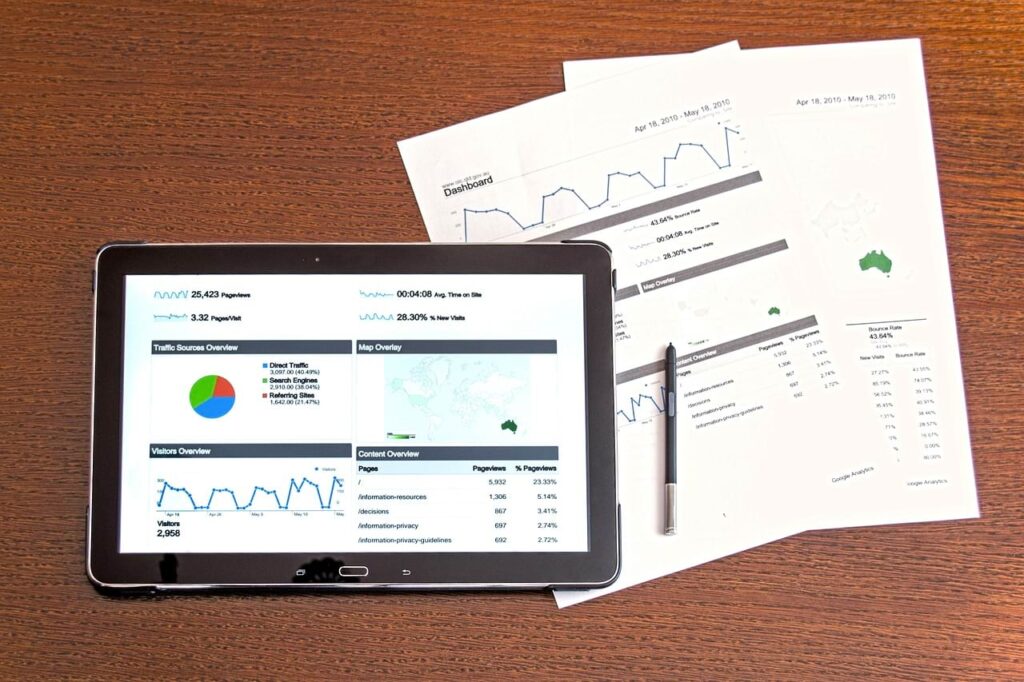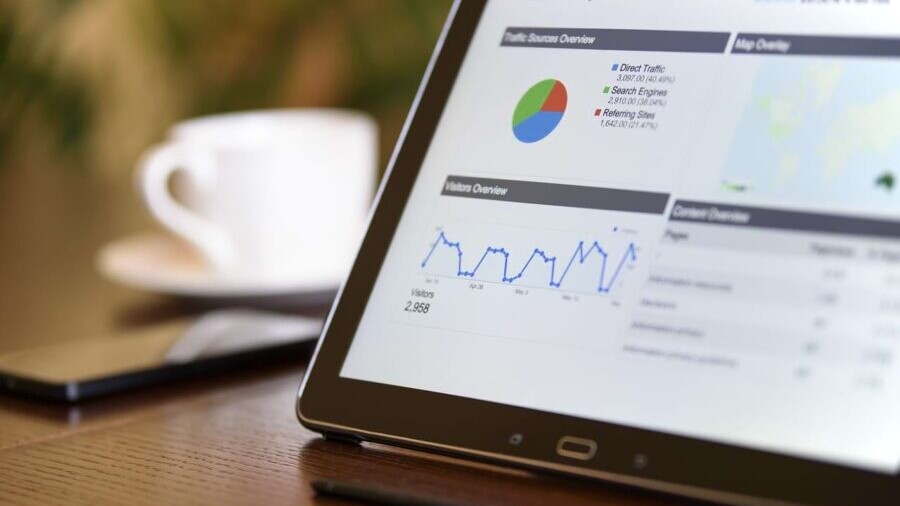Amidst the challenges of today’s corporate world, finding practical solutions to end workplace harassment takes centre stage. A 2022 Gallup survey found that 23% – nearly 1 in 4 people- have experienced one or more forms of violence or harassment at work in their lives. Beyond its legal implications, workplace harassment can severely undermine employee well-being, hinder productivity, and tarnish a company’s reputation. In this article, we delve into the advantages that effective data collection offers towards mitigating workplace harassment and nurturing a culture of respect and inclusivity.
Addressing and preventing workplace harassment requires a multifaceted approach, and one powerful tool in this arsenal is organisational data. Data monitoring and analysis entails systematically collecting and examining information to uncover patterns, trends, and correlations within a specific context. By leveraging the insights derived from collected data, organisations can develop targeted strategies to proactively prevent harassment, swiftly address incidents, and create safer and more welcoming workplaces.

Data Tools to Monitor Workplace Harassment
Data collection has the power to provide valuable insights into the prevalence, nature, and trends of harassment within the workplace. Utilised successfully, it provides employers with the tools to identify potential issues, make informed decisions and take timely corrective actions. To do so, implementing measures that allow for comprehensive data collection is key. For one, the data should be gathered from a wide range of sources to allow for greater validity and reliability. Potential avenues of data collection can include:
- Employee feedback
- Exit interviews
- Turnover statistics
- Complaints
- Absenteeism data
- Harassment reports
- Staff survey responses
- Discussions with staff
- Internal investigations
When examining sources that are more qualitative in nature, employers should take care to make note of any issues relating to employee culture, whistleblower protection, diversity and inclusion, individual support etc. as they often follow when harassment goes unchecked in workplaces and can be helpful clues. Employees should also be encouraged to provide their input through various channels and provided regular opportunities to do so.
Productive Data Analysis for Workplace Harassment
Once data has been collected, it needs to be analysed by individuals(s) who have the right skill set to identify patterns, trends and emerging issues and collate their findings in a manner that facilitates informed decision-making. This analysis can reveal if certain departments, teams, or time periods have a higher incidence of reported harassment. By recognising these patterns, organisations can target their resources more effectively and implement tailored solutions to address specific areas of concern.

The insights derived from data analysis enable organisations to engage in a cycle of continuous improvement. If certain strategies are not yielding the expected results, adjustments can be made. New initiatives can be developed based on the identified trends, and existing programs can be refined to align better with the evolving needs of the workforce.
Below are four effective methods of data analysis that organisations can use to derive meaningful insights from collected data:
- Descriptive Analysis: Understanding the Current State
Descriptive analysis involves summarising and visualising the collected data to understand the current state of workplace harassment. This method helps organisations gain a snapshot of the frequency, types, and locations of reported incidents. Visual representations such as charts, graphs, and heat maps can provide a clear overview of patterns and trends. Descriptive analysis lays the foundation for targeted interventions by revealing which aspects of the organisation need immediate attention.
- Temporal Analysis: Identifying Time-Related Patterns
Temporal analysis focuses on understanding how workplace harassment incidents vary over time. This method involves analysing data on a chronological scale, such as daily, weekly, or monthly. By examining incident trends over specific time periods, organisations can uncover temporal patterns and correlations. For example, a temporal analysis might reveal that harassment incidents tend to increase during certain seasons or coincide with specific company events. Armed with this knowledge, organisations can allocate resources strategically, deploy preventive measures during high-risk periods, and monitor the effectiveness of interventions over time.
- Comparative Analysis: Identifying Disparities and Differences
Comparative analysis involves comparing different groups or categories within the organisation to identify disparities in harassment incidents. By segmenting data based on factors such as department, job role, gender, or location, organisations can pinpoint groups that might be disproportionately affected by harassment. For instance, comparative analysis might reveal that one department experiences significantly higher harassment rates than others. This insight prompts organisations to delve deeper into the underlying causes and tailor interventions specific to that department’s needs. Additionally, this method supports diversity and inclusion efforts by identifying areas where harassment prevention strategies should be customised to address unique challenges faced by various employee groups.
- Predictive Analysis: Anticipating Future Trends
Predictive analysis goes beyond understanding the current state of workplace harassment to forecast future trends. By employing statistical models and machine learning algorithms, organisations can predict where and when harassment incidents are likely to occur based on historical data. For instance, predictive analysis might identify factors that contribute to an increased risk of harassment in specific teams and departments. This information allows organisations to proactively allocate resources, implement preventive measures, and intervene before incidents escalate. Predictive analysis empowers organisations to take a proactive stance in preventing workplace harassment rather than merely reacting to reported incidents.
Ensuring Ethical Data Collection for Workplace Harassment
While collecting and analysing data, organisations must also remember to adhere to legal and ethical standards relating to data privacy and confidentiality. Proper safeguards should be in place to protect individuals’ personal information and ensure that all methods of data collection remain strictly within the bounds of regulatory guidelines.
A few ways employers can work towards this include:
- Obtaining informed consent from all employees regarding data collection by making sure they understand the purpose of data collection, the types of data being collected, and how it will be used.
- Ensuring that collected data is anonymised and aggregated whenever possible – this means removing personally identifiable information and grouping data to prevent the identification of specific individuals.
- Restricting data access to authorised personnel and utilising encryption and secure storage methods to safeguard data from breaches or cyberattacks.
- Having a clear data retention policy – once data is no longer needed for analysis or compliance purposes, it should be securely deleted to minimise risks associated with prolonged data storage.
- Compliance checks – data privacy regulations evolve and organisations must continuously monitor and adapt their data collection practices based on changes in laws and industry best practices
- Working with legal experts – working closely with legal professionals who specialise in data privacy and employment law can help organisations navigate complex regulations and minimise potential liabilities.
Ultimately a data-driven monitoring and analysis approach empowers organisations to proactively address workplace harassment by providing actionable insights and fostering a culture of continuous improvement. As organisations harness the power of data analysis, they pave the way for a future where harassment prevention is not just reactive but proactive, leading to healthier workplaces for all.
Let's Get Started
Interested in learning more about how Polonious can help?
Get a free consultation or demo with one of our experts




